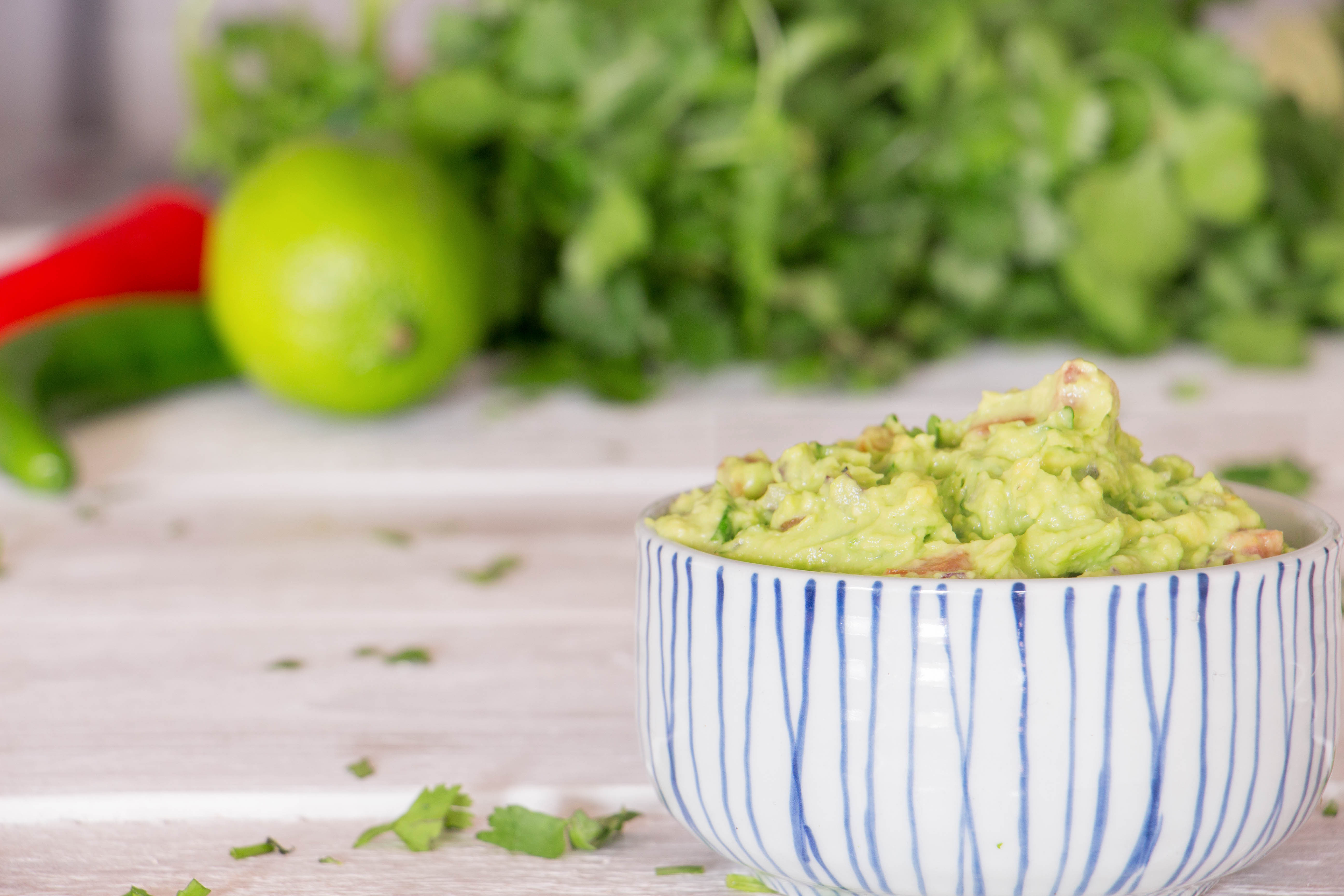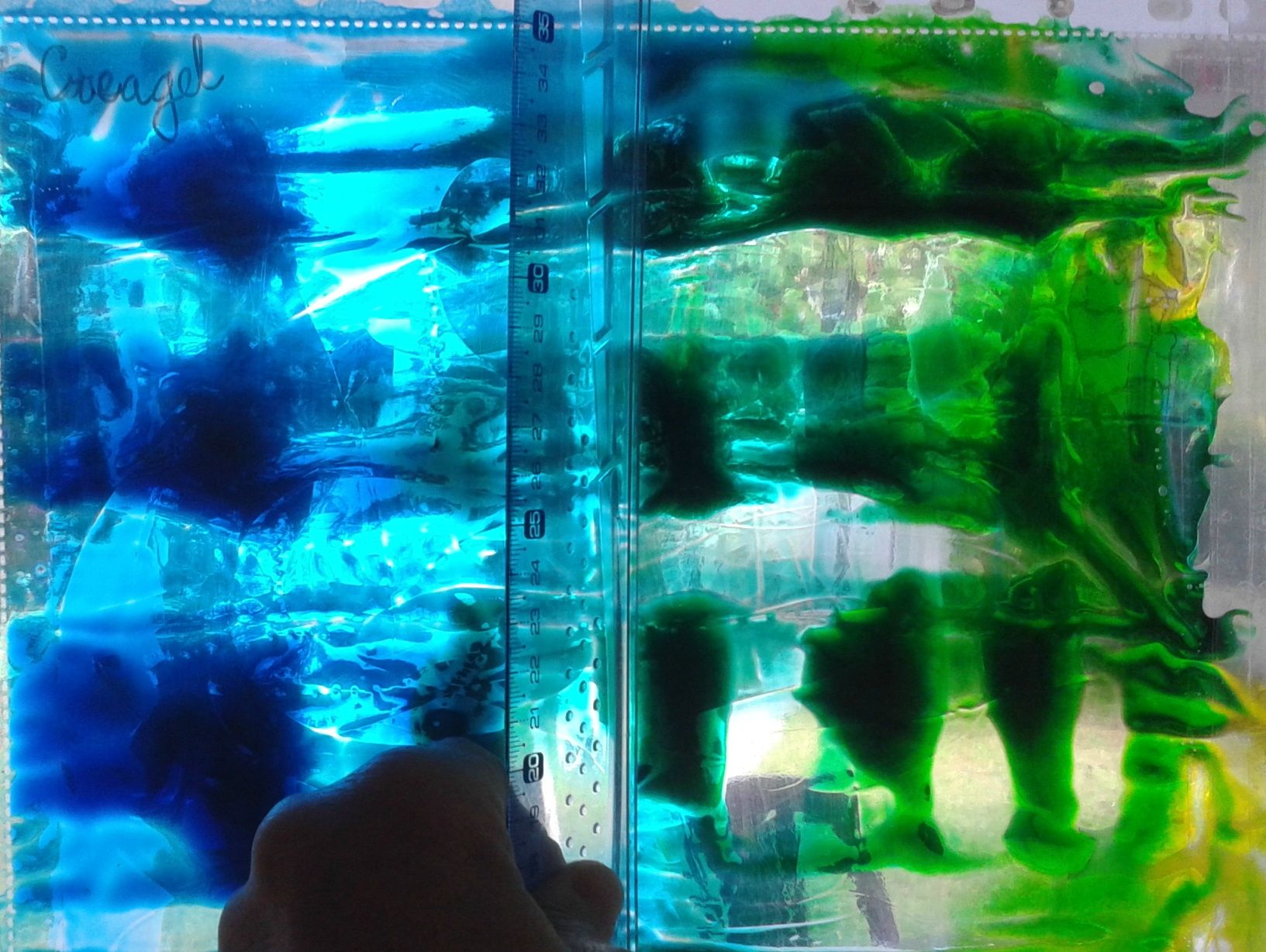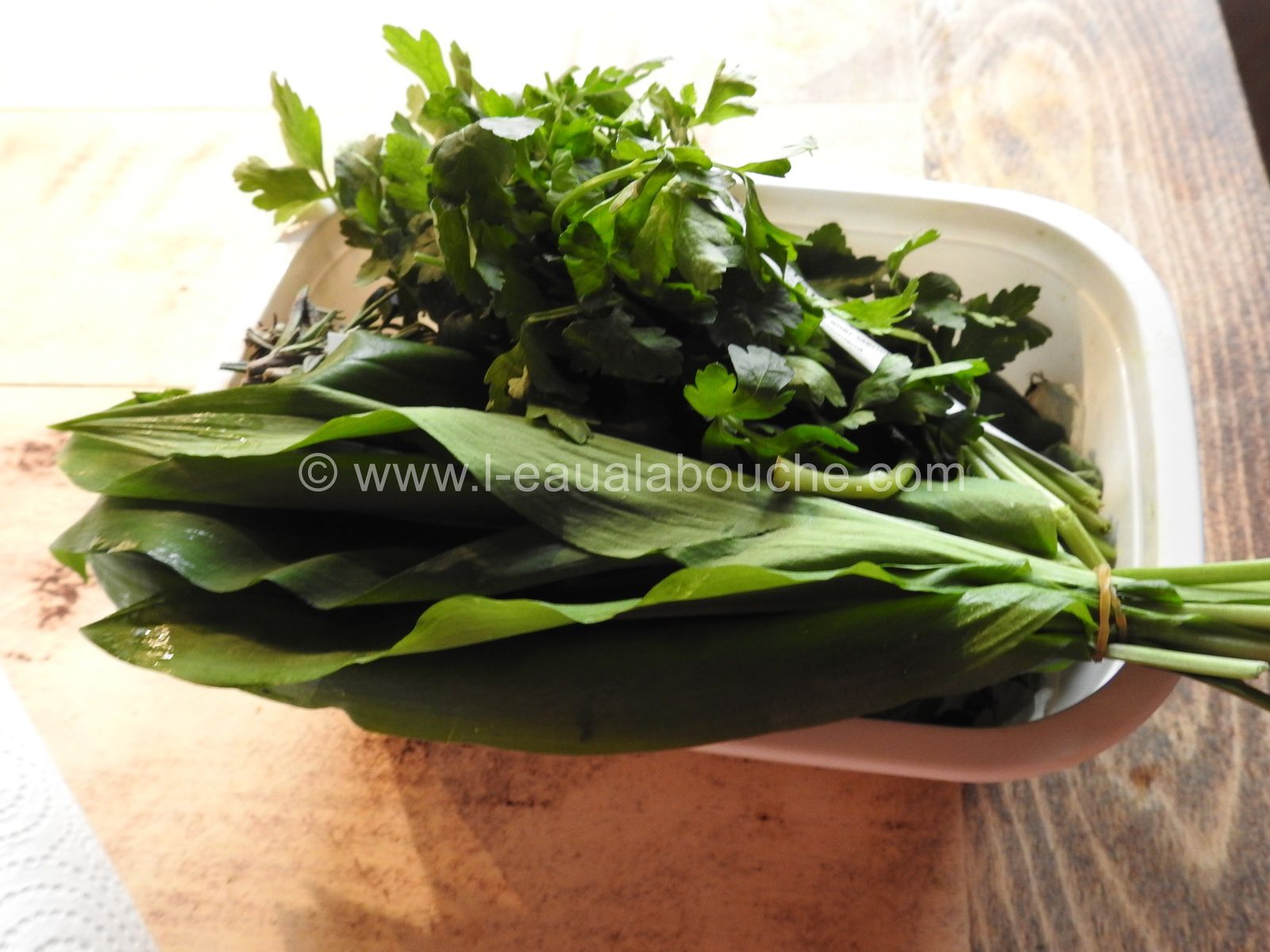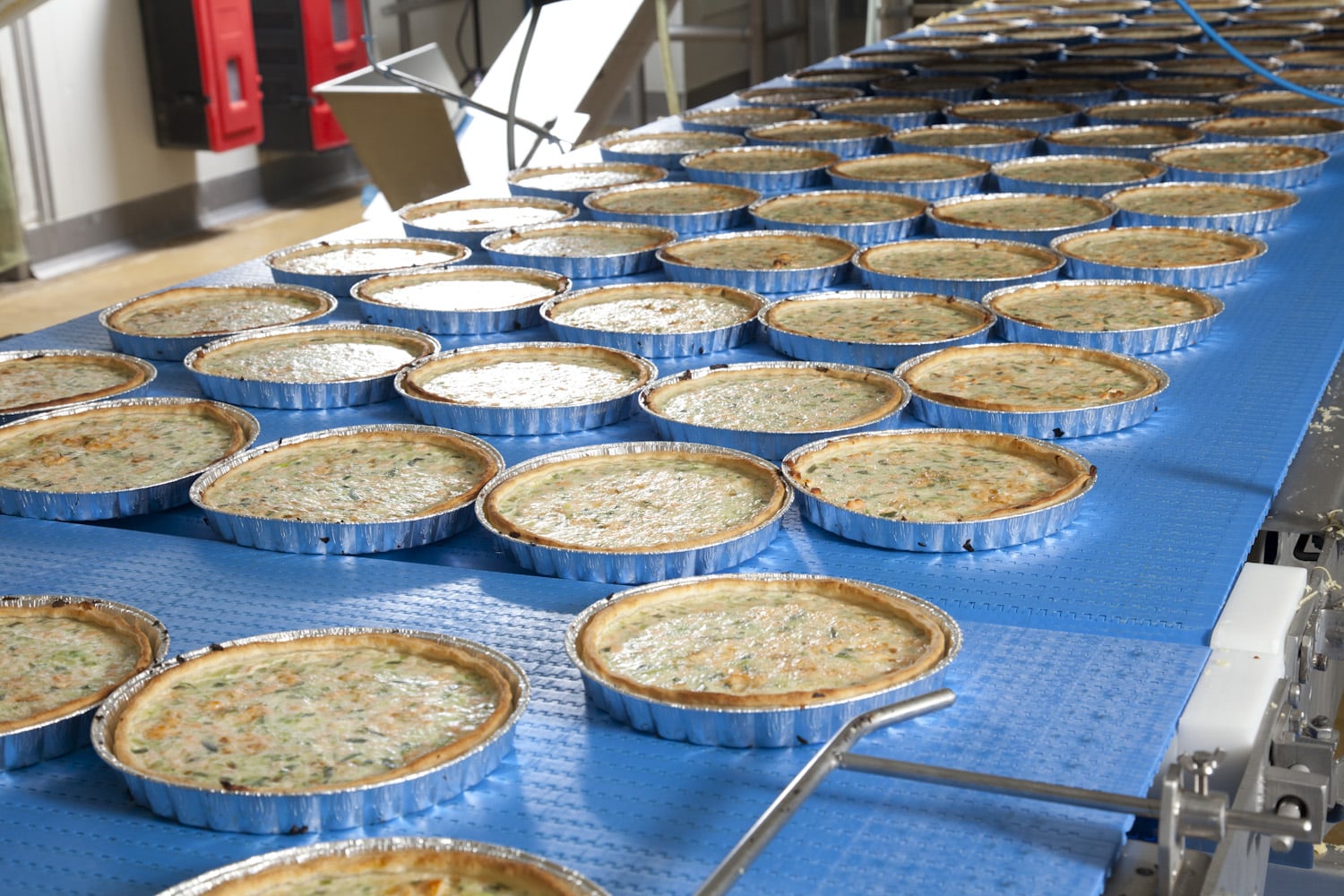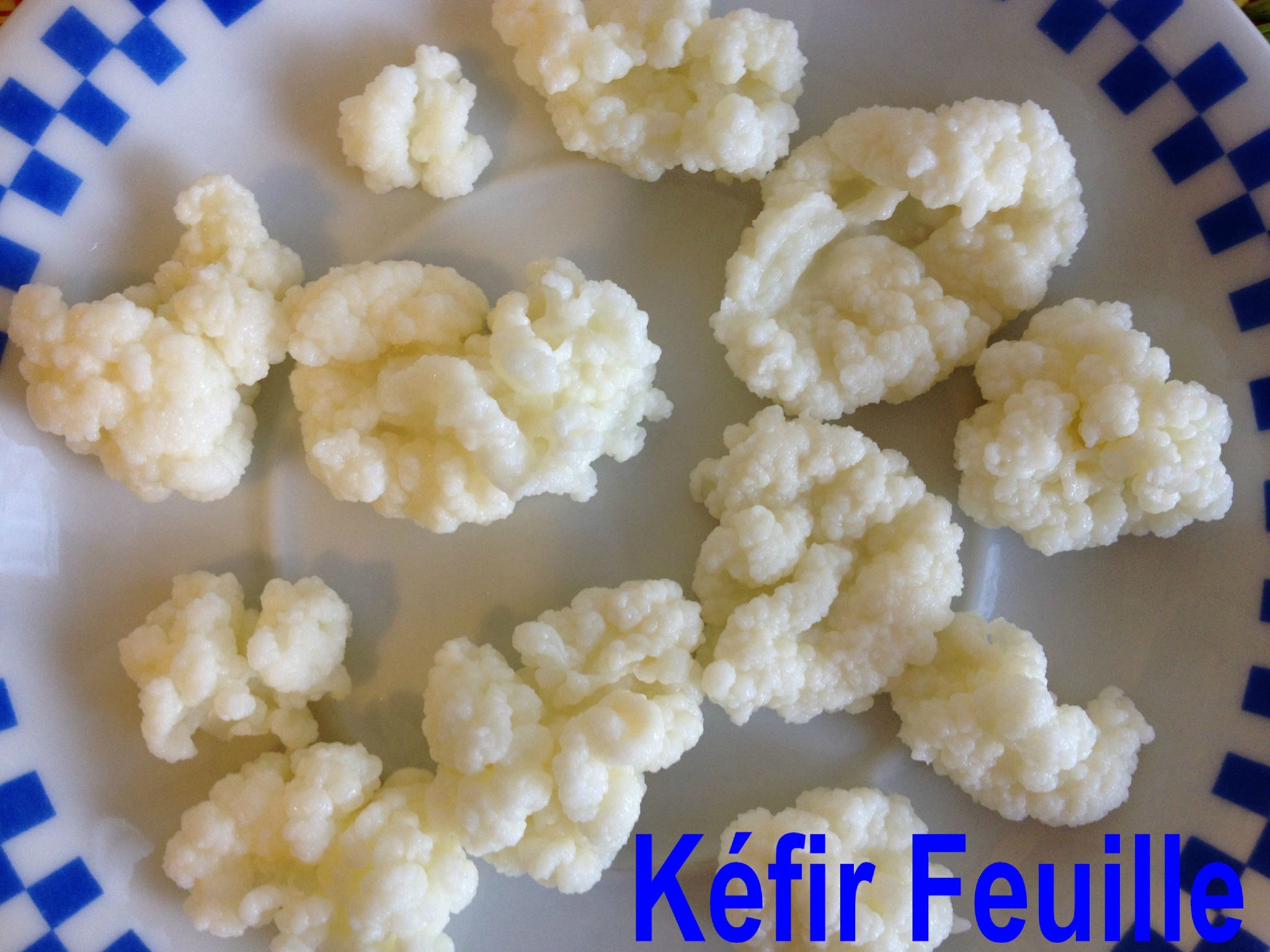White Vinegar, Alcohol Vinegar, Household Vinegar: What's The Difference?
Ah, white vinegar… The list of its miracle uses goes on and on!
A magical product that can clean, descale, stain, disinfect, deodorize ...
And in addition to being ecological and biodegradable, white vinegar does not cost really cheap (less than € 0.50 per liter).
But looking at the labels, some are called "white vinegar", "crystal vinegar", "household vinegar" or "alcohol vinegar".
Why all these names? And is there a true difference between the different names of white vinegar?
To make your life easier, we have investigated the difference between all these vinegar names. Look :
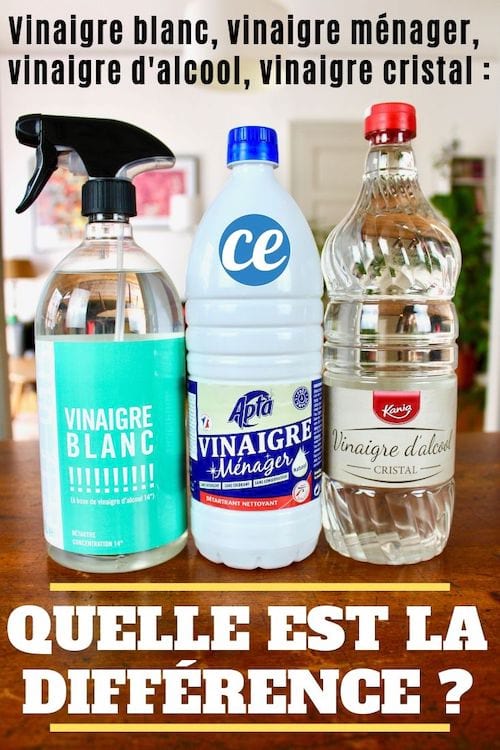
What is the difference between all these vinegars?

White vinegar, alcohol vinegar, crystal vinegar, household vinegar ...
Call it what you want, we talk exactly the same product !
If white vinegar is known by many names, it is simply for commercial reasons!
But in the bottles it is actually still the same product: the alcohol vinegar.
Only one thing changes between all these bottles: the acidity rate!
But to complicate matters even more, know that this acidity rate does not vary according to the appellation ...
Clearly, just because you buy a bottle of household vinegar does not mean that the acidity level will be the same.
The same goes for the other names: the acidity level has no relation to the name used.
So, to know the acidity level, you cannot trust the name, you have to look at what is stated on the back of the bottle.
Only the acidity rate varies between the bottles
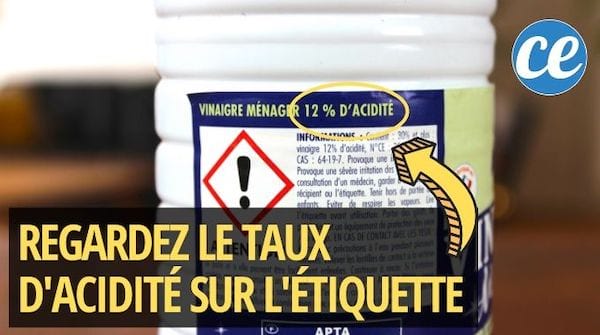
White vinegar, crystal vinegar, alcohol vinegar or household vinegar ... the same fight! This is established. Corn…
Only one thing distinguishes vinegars from each other: their acidity level or, if you prefer, their percentage of acetic acid.
Indeed, if you take a closer look at the label on your bottle, you will see that it has a percentage on it, as in the photo above.
These percentages measure its acidity.
This percentage indicates how acidic the vinegar is, not how alcoholic it is, as some people think.
Overall, be aware that the concentration of acetic acid in white vinegar varies from 5% to 14%.
Thus, depending on the percentage of acetic acid, the results are very different ... and the speed of use too!
Vinegar with an acidity of 5% to 8%
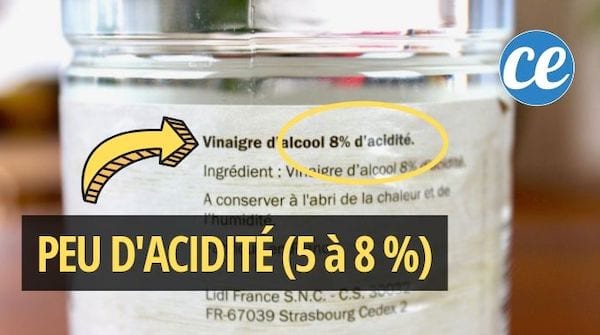
It's the white vinegar that you find on the kitchen shelves of supermarkets.
Typically, this alcohol vinegar has relatively low acidity, between 5 to 8%.
By comparison, an apple or wine vinegar that goes into a salad dressing also has an acetic acid content of 5% to 8%.
We can therefore use this vinegar both for cooking and for cleaning the fridge.
Indeed, this type of white vinegar with an acidity of 5% to 8% can very well be used for food purposes, such as:
- clean a salad from the garden,
- canning pickles or even,
- replace white wine in a recipe.
Vinegar with an acidity of 10% to 14%
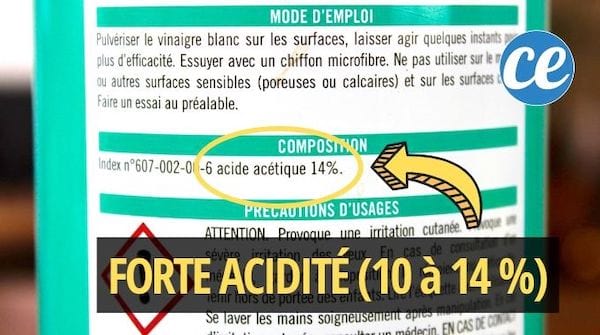
This is the white vinegar found in the household products aisle of supermarkets.
In fact, it's often called "household vinegar", but not always!
This alcohol vinegar is more concentrated, with an acidity rate of up to 12% or even 14%.
This vinegar more concentrated in acetic acid is reserved for household chores.
Indeed, its strong acidity makes it more effective for cleaning and descaling.
To convince yourself of this, you can compare the time it takes to descale a faucet with 5% vinegar and 14% vinegar.
Also note that the higher the acidity of a vinegar, the stronger its odor.
But don't worry, its strong smell disappears as it dries!
By the way, for those who really can't stand the smell, here's a tip to make your white vinegar smell great.
So what type of white vinegar to use?
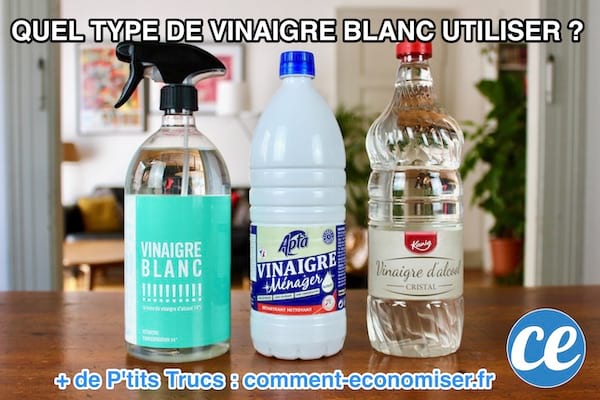
There is no photo. For all the daily uses of this miracle product, just choose 8% white vinegar.
It is inexpensive, versatile and can be found very easily!
Moreover, it is also in this range of acidity that white vinegar is the cheapest !
In fact, you can find 8% white vinegar for less than 50 cents per liter in most stores.
And the advantage is that you can also use it for food use.
As for white vinegar with strong acidity of 10% to 14%, use it for cleaning and descaling, as it will be more effective than 8%.
But given the price difference between these 2 types of white vinegar, it is always better to take the cheaper one.
Why ? Because the difference in efficiency is not as important as the difference in price ...
But what is alcohol vinegar anyway?
Like wine vinegar or apple cider vinegar, alcohol vinegar results from the fermentation of alcohol.
This alcohol comes from the fermentation of sugar beets or cereals, but also from sugar cane, corn or even brandy.
As to colored alcohol vinegar, a few drops of caramel are enough to give the white vinegar a nice amber color.
The colored vinegar is particularly appreciated for making a vinaigrette and seasoning salads for example.
Where to buy white vinegar? Attention SCAM!
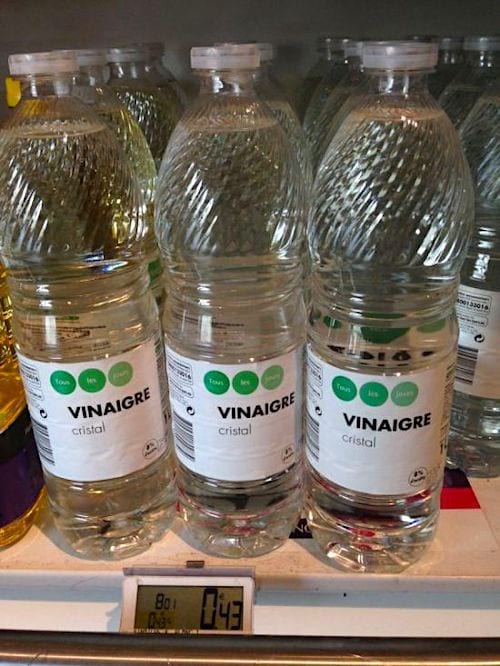
White vinegar is a really economical product if you know where to buy it.
Its price varies between € 0.30 and € 0.50 per liter.
On the other hand, know that you should never buy white vinegar on the Internet!
Why ? Because it is simply overpriced! So it's a big scam!
You do not believe me ? Judge rather: here for example, you will find a white vinegar sold in a spray for more than 5 € or 10 times the price!
Mind boggling! It's just marketing, so be careful ...
It is therefore best to go to your supermarket to find white vinegar at the best price.
Discover here our comparison of the price of white vinegar by supermarket.
Your turn…
What about you, what white vinegar do you usually use at home? Tell us in the comments. We can't wait to hear from you!
Do you like this trick ? Share it with your friends on Facebook.
Also to discover:
20 Secret Uses of White Vinegar For a NICKEL HOME.
What is the Difference Between Baking Soda and Sodium?

